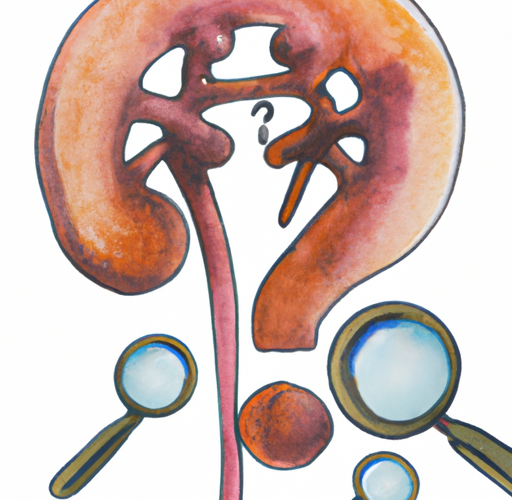Introduction
P2NP (phenyl-2-nitropropene), a chemical intermediate with diverse applications, has garnered attention for its role in organic synthesis and illicit drug production. In this article, we explore the synthesis methods, chemical properties, and potential applications of P2NP, while also addressing regulatory concerns associated with its use and distribution.
Synthesis Methods
P2NP can be synthesized through insert description of synthesis methods, such as the nitration of phenyl-2-propanone. These synthetic routes offer efficient production of P2NP, enabling its utilization as a precursor in the synthesis of various pharmaceuticals, fragrances, and other chemical compounds.
Chemical Properties
P2NP exhibits insert description of chemical properties, such as reactivity, stability, and solubility. Its chemical characteristics make it suitable for insert potential applications, such as organic synthesis or chemical manufacturing processes.
If you want to buy p2np you can do it here https://bbgate.com/media/1-phenyl-2-nitropropene-synthesis.69/.
Applications
P2NP finds applications in insert specific fields or industries, such as pharmaceuticals, perfumery, or dye synthesis. It serves as a key intermediate in the production of insert specific products or materials, contributing to advancements in insert relevant fields or industries.
Regulatory Considerations
The use and distribution of P2NP are subject to insert description of regulatory controls, such as legal restrictions or monitoring requirements. Compliance with regulatory guidelines is essential for ensuring safe handling and use of P2NP in industrial processes and research activities.
Conclusion
In conclusion, P2NP emerges as a versatile compound with significant potential in organic synthesis and chemical manufacturing. Its synthesis methods, chemical properties, and applications underscore its importance as a key intermediate in various industrial processes. However, regulatory considerations regarding its use and distribution are essential for mitigating potential risks and ensuring responsible handling of P2NP in research and industrial settings. Continued collaboration between regulatory authorities, researchers, and industry stakeholders is crucial for addressing regulatory challenges and promoting safe and sustainable use of P2NP in diverse applications.
Information for preparing this article was taken from the site: https://en.wikipedia.org/wiki/Phenyl-2-nitropropene

